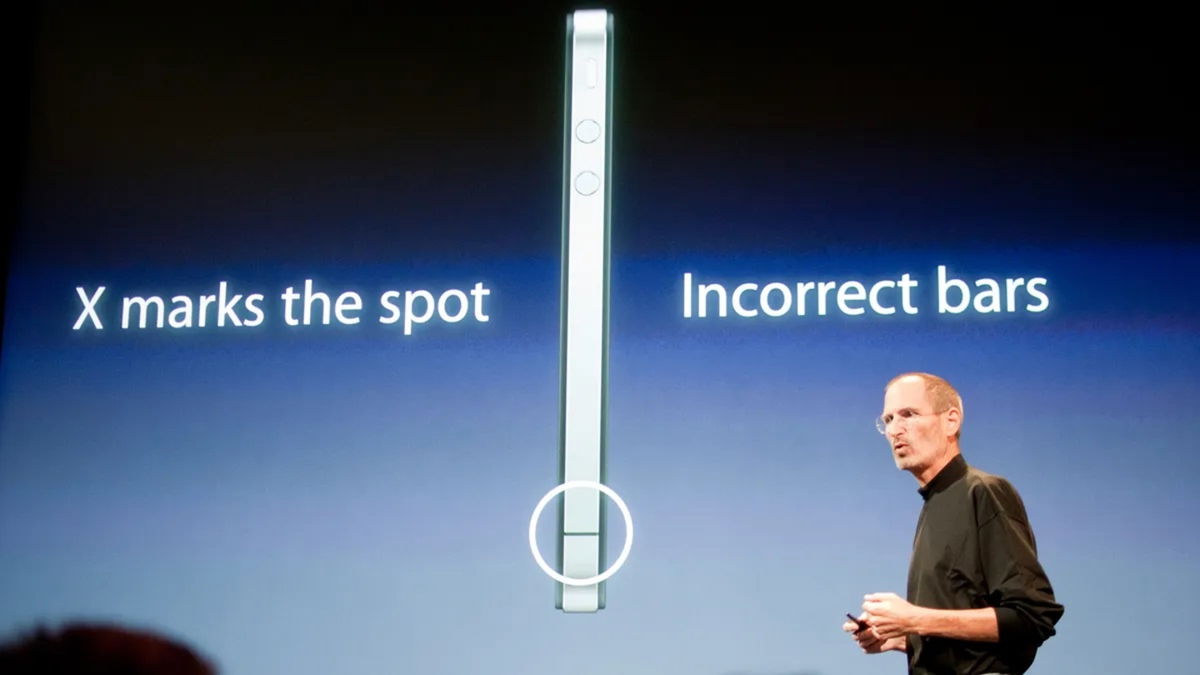A new machine model developed by researchers from Carnegie Mellon, Florida International and Santa Clara universities in the USA is able to predict stroke occurrence with a high degree of accuracy. even during patient triage.
According to research, Published in the Journal of Medical Internet Research In February, stroke is now “among the most common and dangerous medical conditions misdiagnosed.” Errors especially hit people of color, Hispanics, women, seniors on Medicare, and people in rural areas of the USA.
The reason for this is not all patients show the characteristic symptoms of this serious medical conditionsuch as speech problems, facial drooping and weakness in the limbs. Also, some of these symptoms can be confused with various other conditions (seizures, migraines, psychiatric disorders, and drug and alcohol poisoning).
How was the stroke prediction algorithm developed?
In the data collection phase, the researchers collected records of more than 143,000 individual patients admitted to intensive care hospitals in Florida between 2012 and 2014. , including: age, gender, race, and pre-existing medical conditions.
After the data preprocessing and model training steps are completed, assessment revealed an 84% percentage of correct predictions of strokes, proves to be more accurate and sensitive than most existing scales (it misses up to 30% of scales)
The research evaluated the prediction model “with high sensitivity and reasonable specificity.” The big difference is that the variables used are already collected daily by the providers and payers. If it cannot be considered the “gold standard” for stroke diagnosis, the model is a useful complement to existing scoring systems. especially in hospitals with limited availability of resources and diagnostic tools.
Source: Tec Mundo
I’m Blaine Morgan, an experienced journalist and writer with over 8 years of experience in the tech industry. My expertise lies in writing about technology news and trends, covering everything from cutting-edge gadgets to emerging software developments. I’ve written for several leading publications including Gadget Onus where I am an author.












